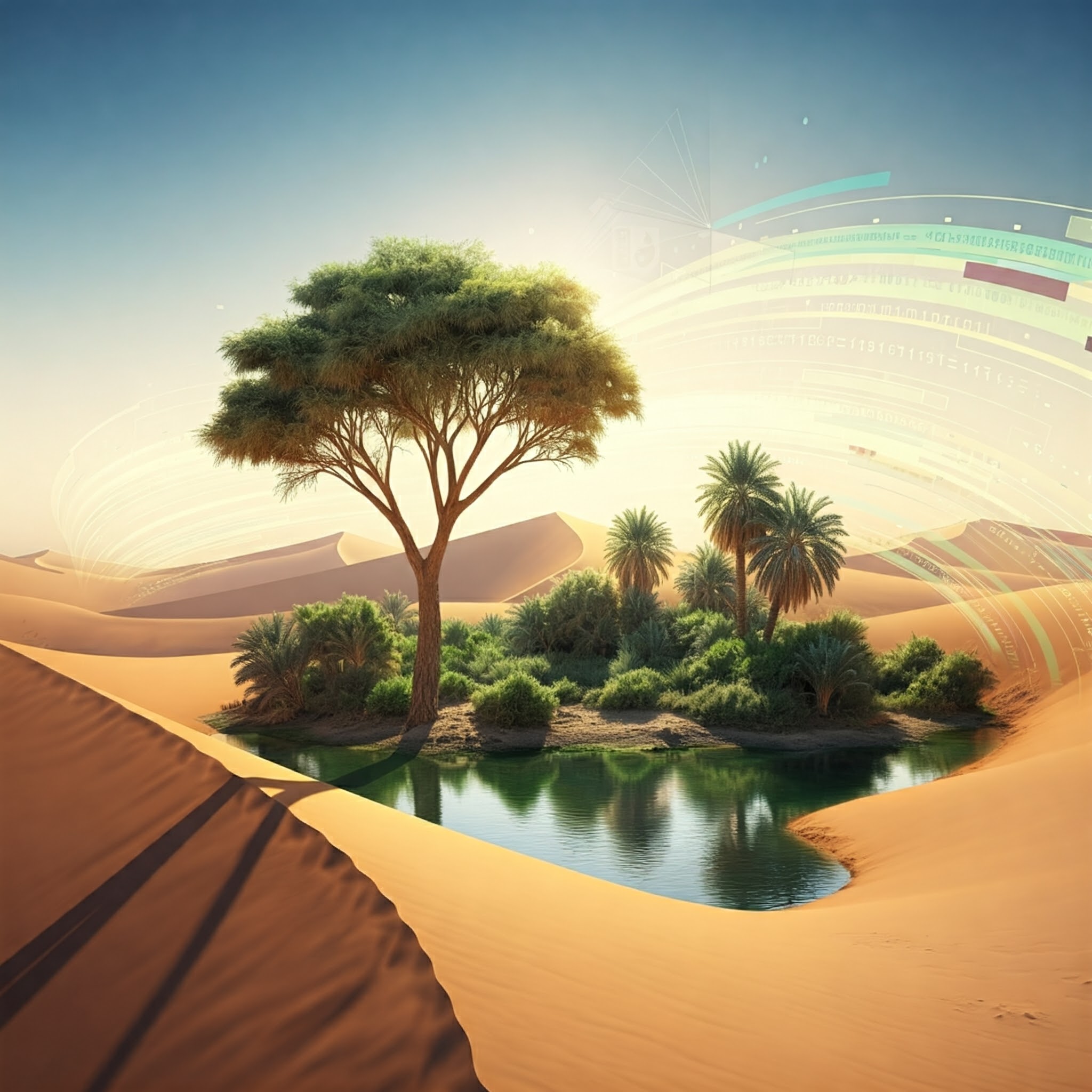Sahara AI: Democratizing AI for a Collaborative Future
This post explores Sahara AI, a decentralized blockchain platform aiming to revolutionize the AI landscape by making it open, equitable, and collaborative.
The Problem with Centralized AI
Current AI development is dominated by a few large organizations, leading to:
-
Privacy concerns: Your data is in their hands.
-
Economic disparity: Benefits are not shared equally.
-
Limited access: Not everyone can contribute or benefit.
Sahara AI’s Solution
Sahara AI aims to address these issues by building a decentralized platform where everyone can participate in the AI economy.
Key Features:
-
AI Assets: A new framework for owning and managing AI resources like data and models.
-
Collaborative Creation: Developers and data providers can work together to build AI assets.
-
Secure and Transparent: Blockchain technology ensures all contributions are recorded and attributed fairly.
-
AI Marketplace: Users can access, license, and trade AI assets.
-
Fair Revenue Sharing: Contributors are compensated whenever their AI assets generate revenue.
The Three Pillars of Sahara AI
Sahara AI is built on three core principles:
-
Sovereignty and Provenance: This means users have control over their AI assets, and all contributions are tracked transparently. It ensures fair compensation and accountability.
-
AI Utility: The platform provides user-friendly tools for developing and deploying AI, with a focus on security and privacy.
-
Collaborative Economy: Sahara AI fosters a collaborative environment where everyone can contribute and benefit from AI development.
How Sahara AI Works
The platform has a layered architecture:
-
Application Layer: User interface with built-in tools and the AI Marketplace.
-
Transaction Layer: Sahara Blockchain for managing AI-related transactions.
-
Data Layer: Secure storage and access to data.
-
Execution Layer: Off-chain infrastructure for AI computation.
Sahara Blockchain
Sahara AI has its own Layer 1 blockchain with features specifically designed for AI:
-
AI-Native Precompiles: Built-in functions for efficient AI computations.
-
Sahara Blockchain Protocols: Smart contracts for managing AI assets and transactions.
-
Proof-of-Stake consensus: For energy efficiency and security.
-
Interoperability: Connects with other blockchains.
-
EVM-Compatibility: Supports Ethereum tools and smart contracts.
Economic System
Sahara AI has a unique economic system to incentivize participation and ensure fair compensation:
-
Roles: Developers, Knowledge Providers, Consumers, Investors, Operators, and Validators.
-
Growth Flywheel: A dual model driving growth in both the AI and Web3 ecosystems.
-
Capitalization of AI Assets: Receipts (ownership), Shares (revenue sharing), and Licenses (access).
Governance
-
Sahara DAO: Decentralized governance with community voting on key decisions.
-
Sahara Foundation: Supports the DAO and promotes the development of the Sahara ecosystem.
The Future of AI with Sahara
Sahara AI envisions a future where AI is accessible to everyone, fostering innovation and collaboration on a global scale. The platform aims to empower individuals, researchers, and businesses to contribute to and benefit from the advancements in AI while ensuring privacy, security, and fairness.
This is just a brief overview of Sahara AI. For a more in-depth understanding, please refer to their litepaper: https://saharalabs.ai/learn/litepaper

